Class Snapshot - 4/5
INQUIRY: Setting up a worm farm

Class Snapshot - 4/5
INQUIRY: Setting up a worm farm
For Inquiry this term, year 4/5 have been working on setting up a worm farm for the whole school.
Over this term we investigated how worms move through soil and the condition that soil needs to be in for worms to thrive.
We discovered that worm farms need to be positioned under a shady tree so that the worms don’t die on hot days.
We researched the layers needed when correctly setting up a worm farm and the fruit and vegetables that are suitable for the worms.
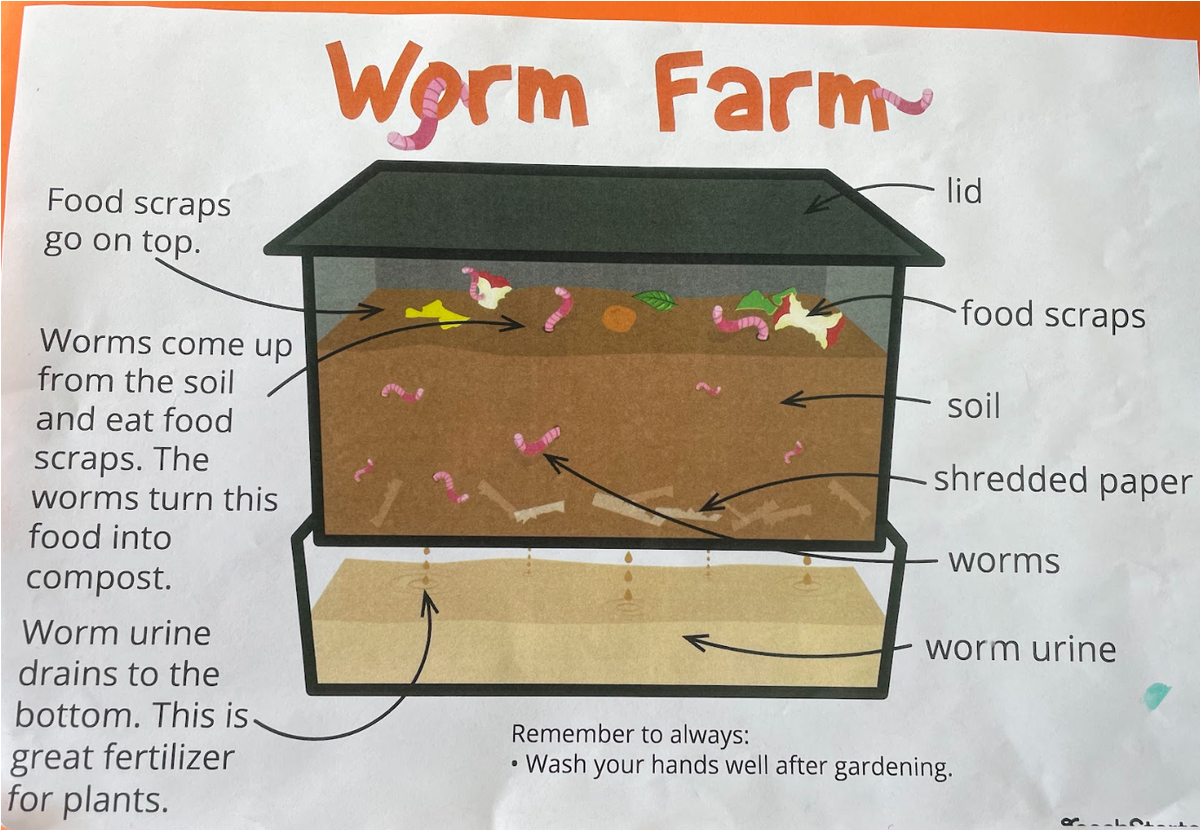

We also researched the steps involved when setting up a worm farm so that we will be able to successfully set up our own.
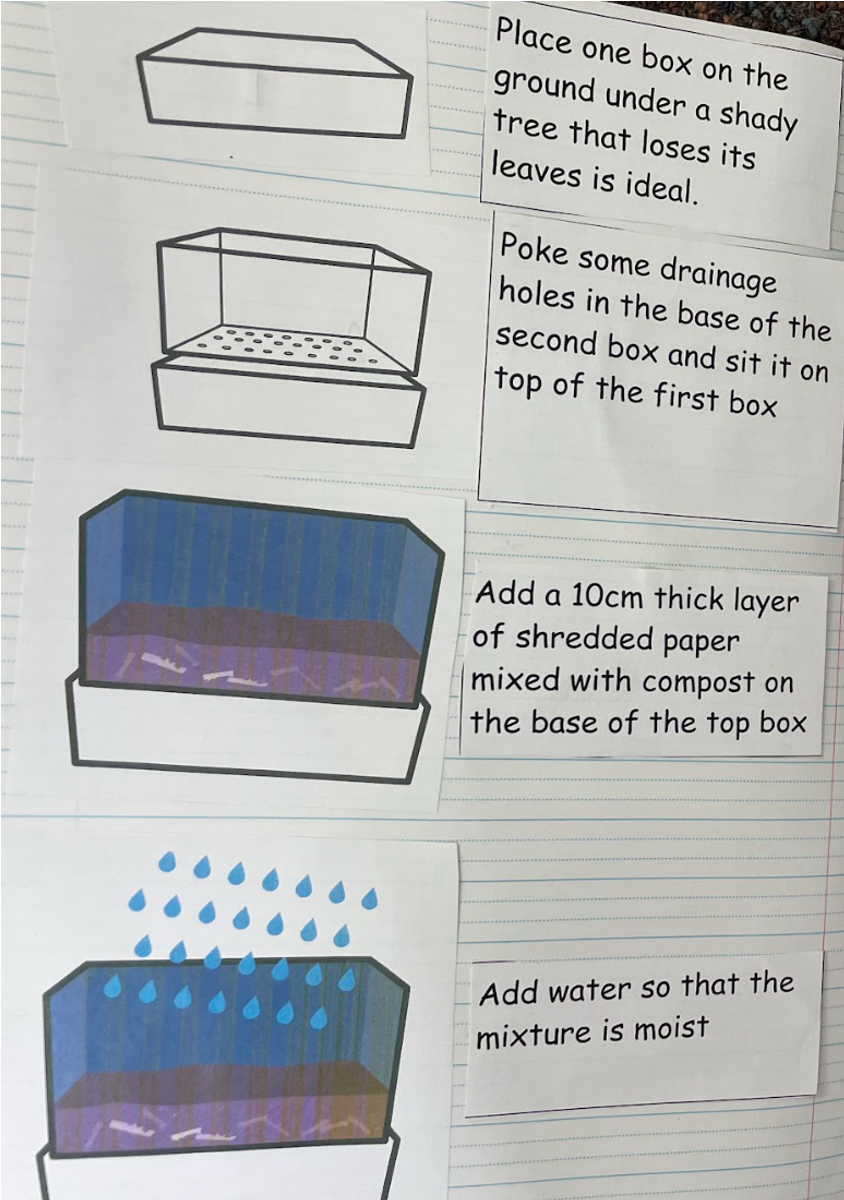

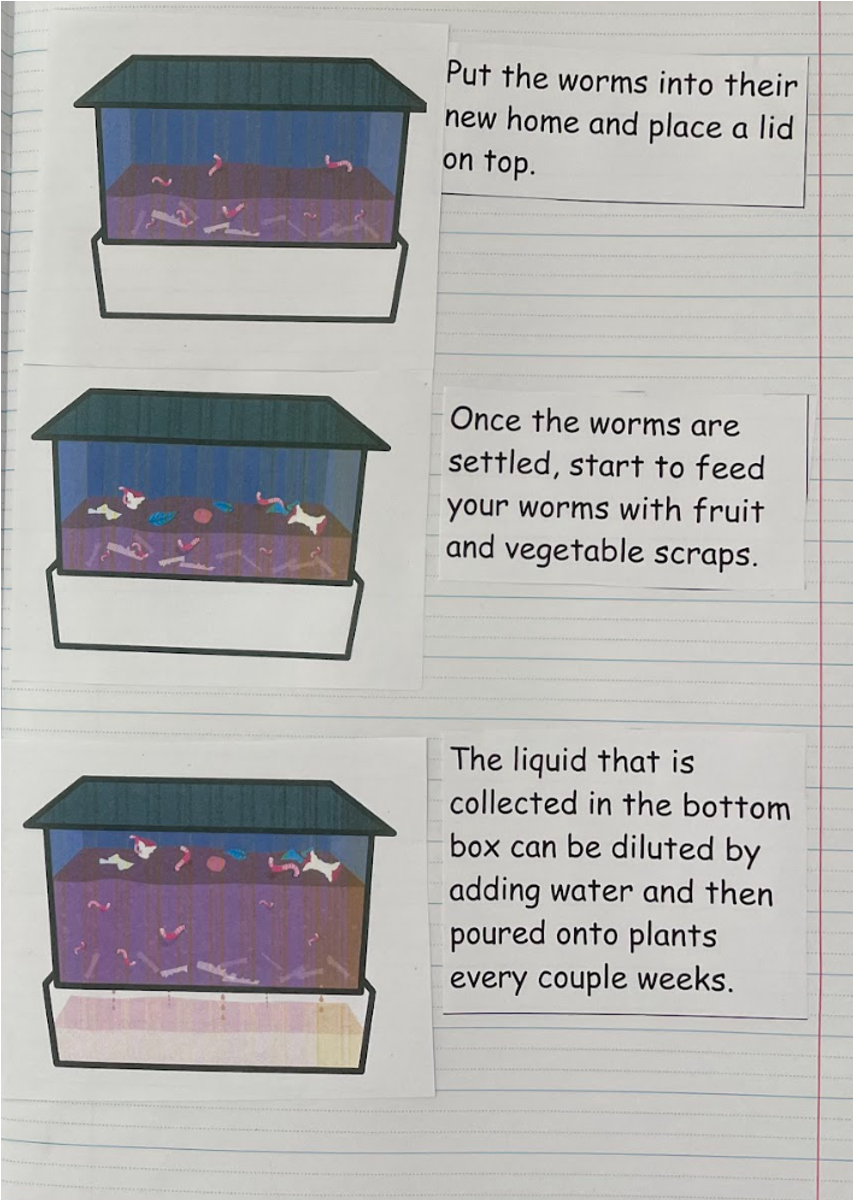

We are now working on creating posters for each class so everyone will know which food items can be added to the worm farm.
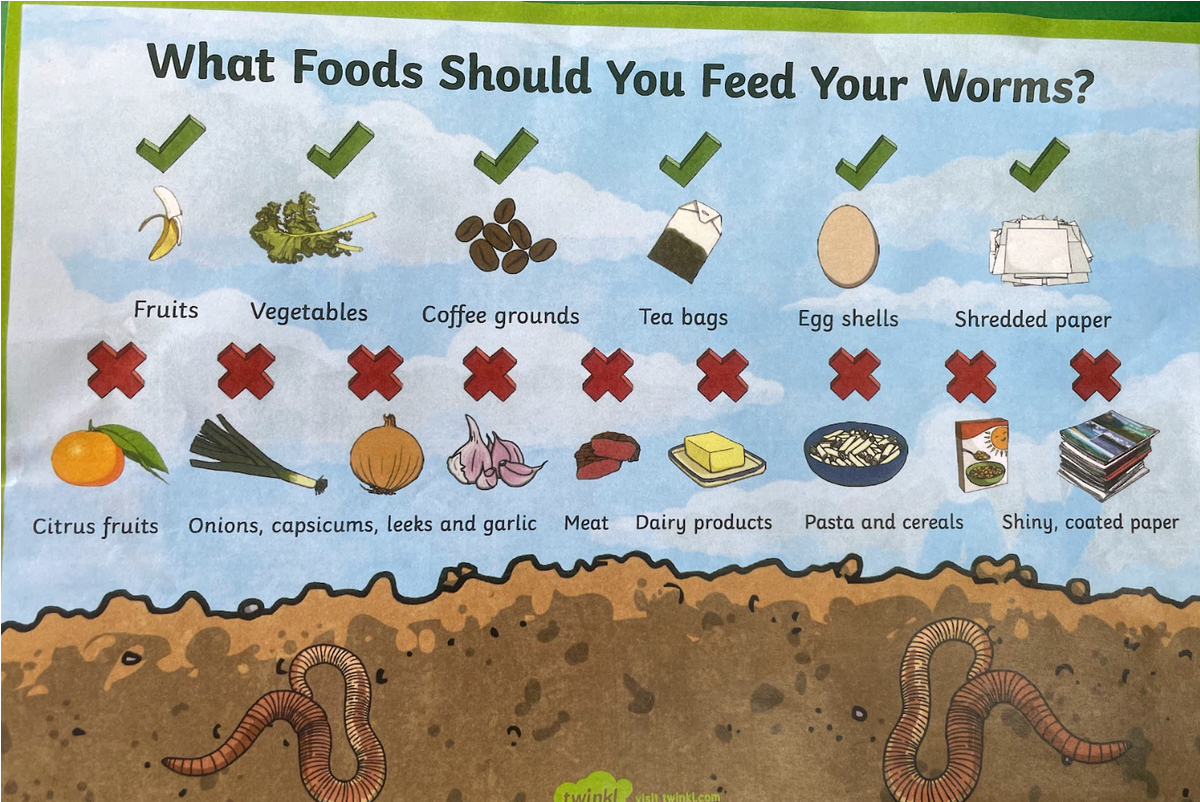

We are also planning on writing a letter to Bunnings to ask if they will help us with the purchase of a worm farm for our school.
When the worm farm is set up, each class will be able to add their food scraps to the top of the worm farm.
The compost that the worms produce can be used around our school for planting new plants. Another benefit is the worm urine that drains to the bottom of the worm farm. This is also a great fertilizer for plants.
Having a worm farm at school helps us to recycle our food scraps and the amount of waste we put in our bins. This reduces the amount of waste sent to landfill and also reduces the pollution that heads to our streams and oceans. By creating a worm farm we are being sustainable. AND It’s also lots of fun!
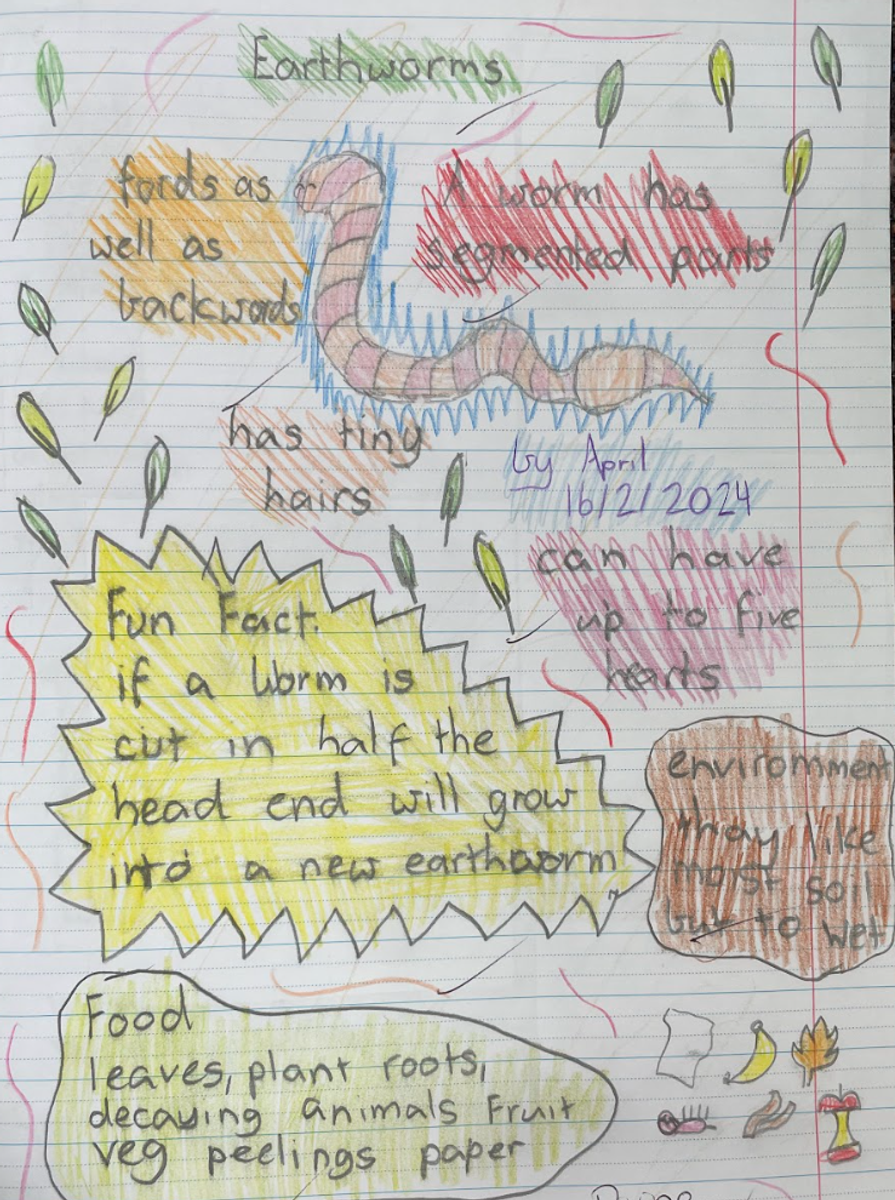

While researching worms we found out some interesting facts:
Did you know that if a worm is accidentally cut in half, only the tail end will die, the head end will grow into a new earthworm?
Did you know that worms are able to reproduce on their own? They lay eggs, and when the worms hatch they look like a worm except much smaller.
Did you know that some worm varieties can have up to 5 pairs of heart-like structures?
By Year 4/5
Mrs Janky and Mrs Saville